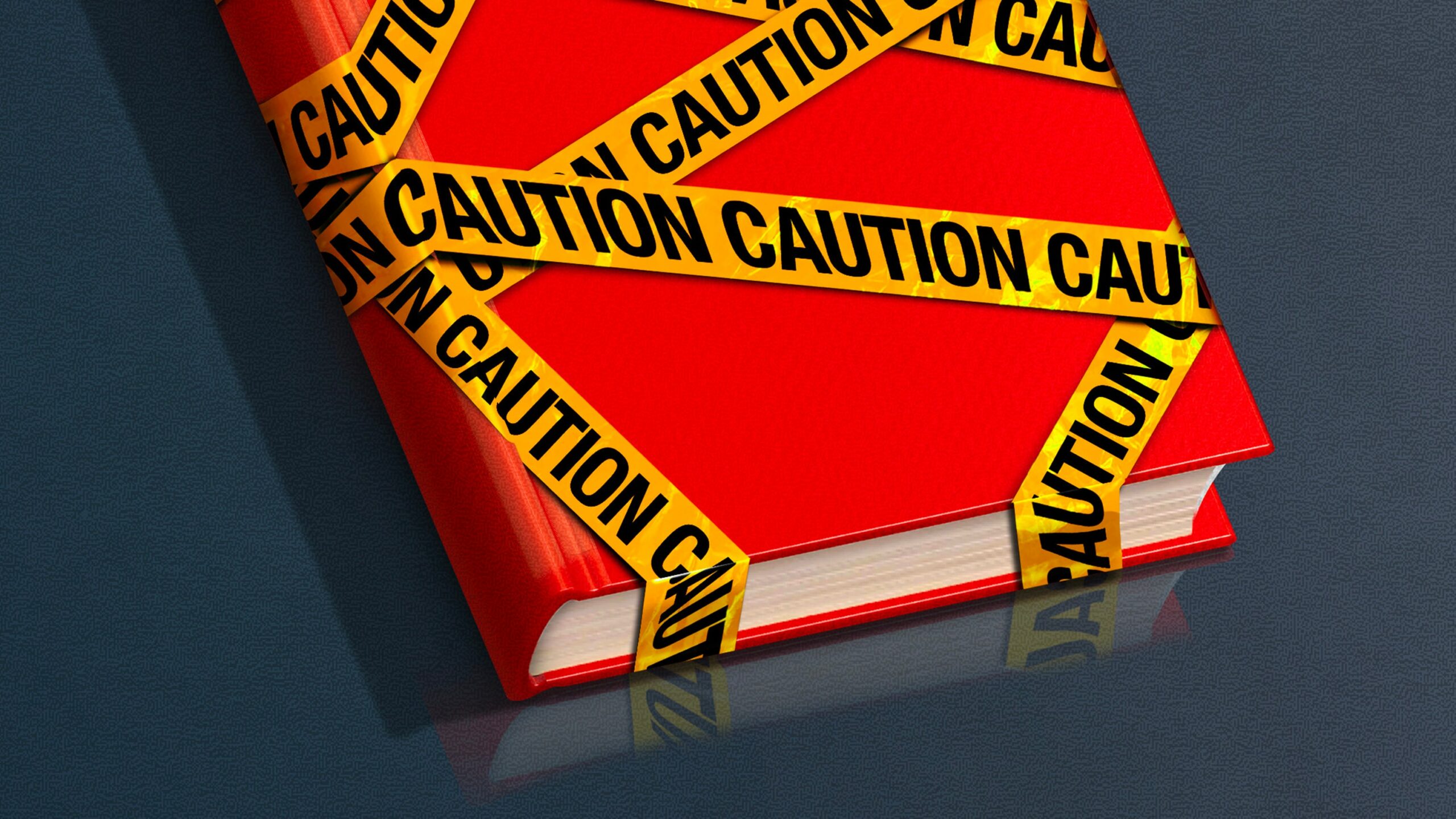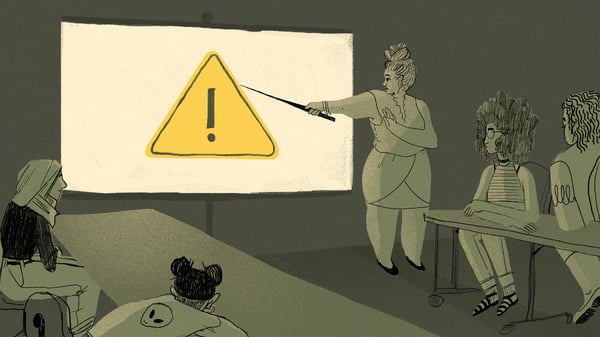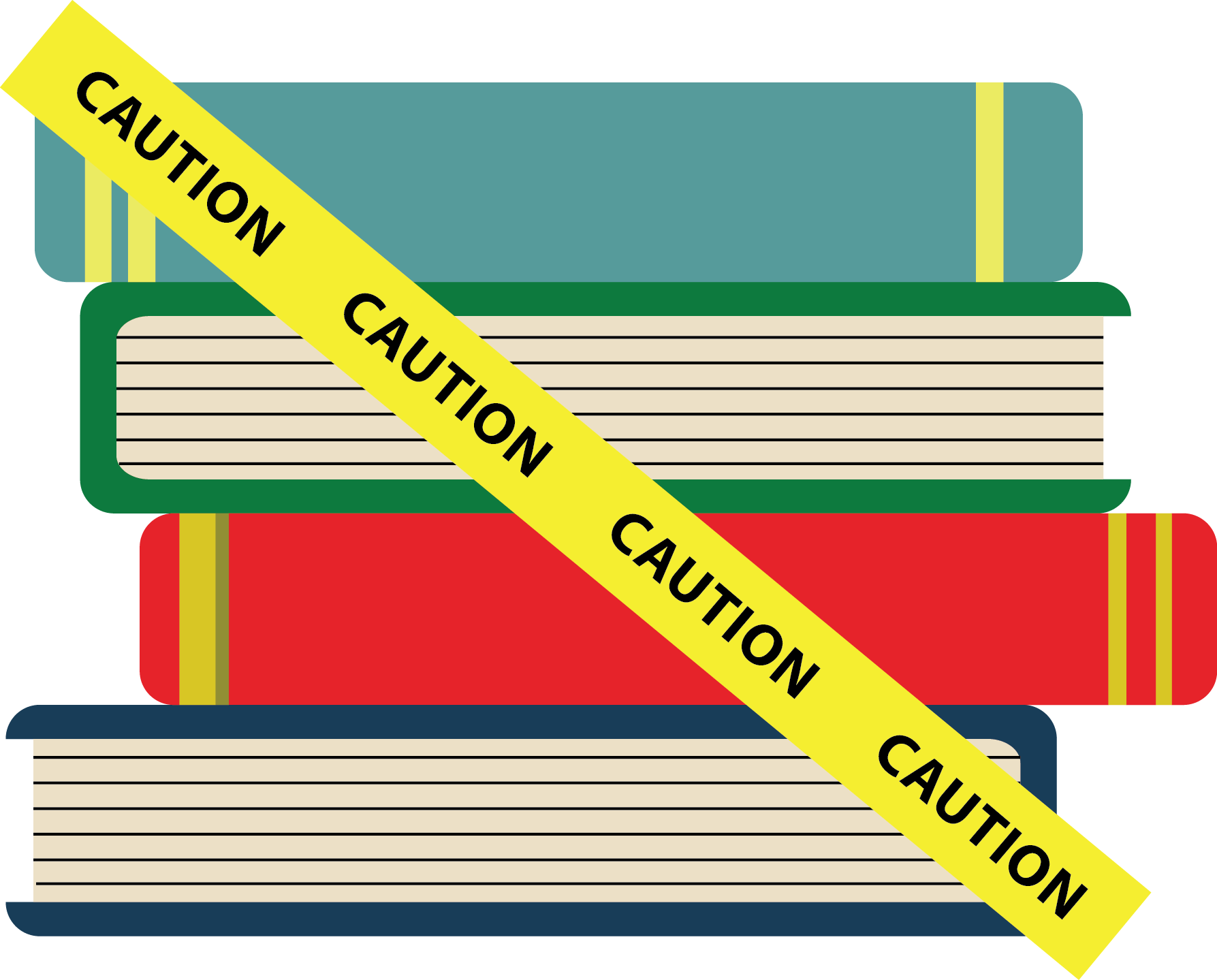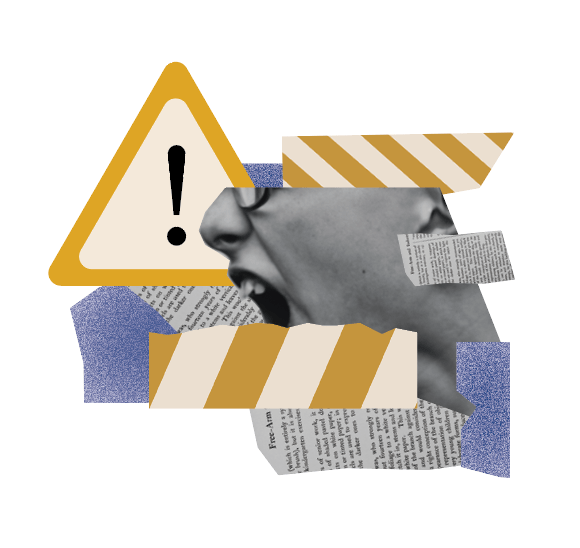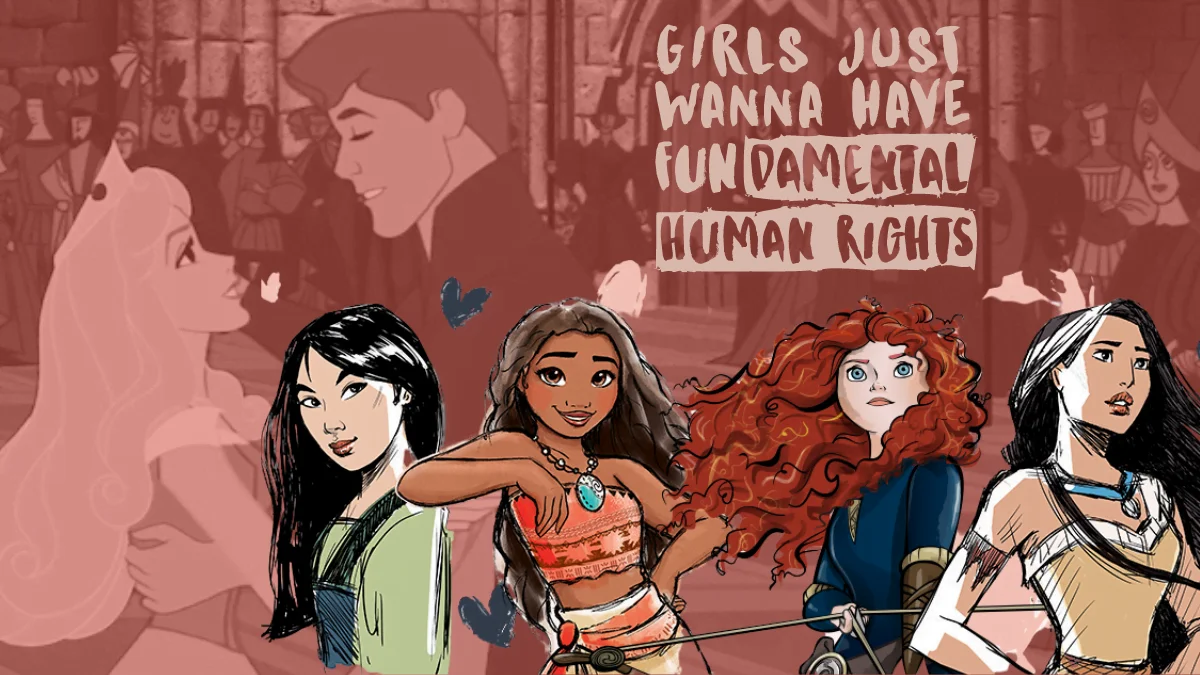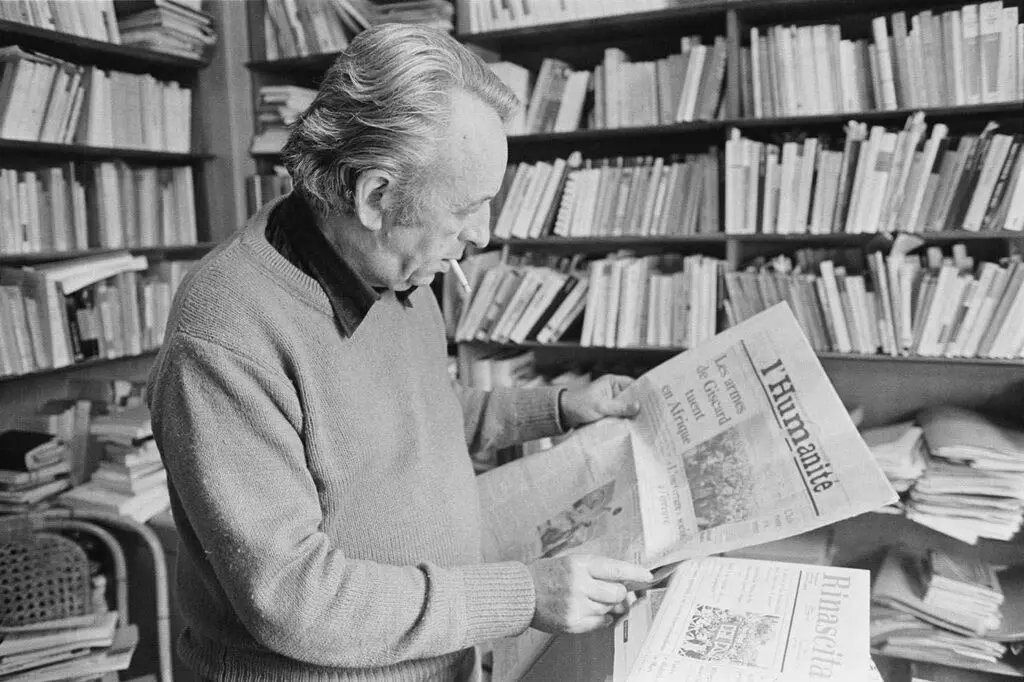‘I think it’s ludicrous.‘ This was perhaps the most recent celebrity response to the concept of trigger warnings in the field of art, more specifically theatre, when celebrated actor Sir Ian McKellen, who is known for his iconic role in The Lord of the Rings franchise, criticised The Other Palace theatre in London after it warned audiences about strong language, sexual references, grief and death in the play Frank and Percy, which McKellen also stars in. This response can be situated within the larger debate around trigger warnings and its politics which has been dividing the artitstic and literary worlds for over a decade now since the practice gained prominence in mainstream culture.
Over the years, trigger warnings have made their way into spaces like university classrooms while also becoming part of blogs, social media posts and even Twitter threads. As an almost omnipresent warning looming over every kind of content we consume both online and offline, the question of where to draw the line in terms of limiting the territorial reach of a trigger warning becomes relevant.
Even while focusing the discussion on literature alone, several forms of media now fall under the scope of literature, including social media content, music lyrics and advertisements. Regardless of how short, temporary or insignificant it might be, it is hard to find a piece of written literature without a trigger warning these days.
Regardless of how short, temporary or insignificant it might be, it is hard to find a piece of written literature without a trigger warning these days.
This practice started with the feminist movement during the 1970s when activists began labelling distressing content as a warning to survivors of sexual assault and it made sense within the cultural climate of the ongoing protests and given the target audience of this genre of literature. But as trigger warnings grew in their capacity, the spectrum of literature that could be potentially “disturbing” also seemed to widen. They began covering “vulgar language’, “sexual content” and even issues like “racism”, ‘sexism” and “homophobia”. At this juncture, it becomes important to investigate the criteria of what exactly makes a text “disturbing” and to what audience.
Trigger warnings can help an audience to actively consent to engage with certain topics or refrain from them. And with boundaries and consent being constantly breached both online and offline in recent times, this helps viewers to exercise their authority and control over what they consume. Studies have also suggested that trigger warnings provide the choice to come back to the material when people are mentally prepared to handle it. It is also argued that these warnings perform an educative role by making other viewers aware and empathetic towards people who have had negative experiences which act as triggers.
However, with labels such as “divorce”, “prostitution” and “religion” making their way into lists of trigger warnings, the practice takes on a more patronising and restrictive slant as this could ward off people who could potentially disagree with the ideas discussed and could therefore lead to healthy discussion, in turn paving the way for positive change. By creating a protective bubble with an extensive list of trigger warnings, this becomes equivalent to almost gatekeeping influential literature from certain audiences that could be the catalyst for societal change. When trigger warnings go from merely marking “disturbing” texts to labelling literature that could potentially cause “discomfort”, the practice gets complicated.
When trigger warnings go from merely marking ‘disturbing’ texts to labelling literature that could potentially cause ‘discomfort’, the practice gets complicated.
Authors or artists can create works to evoke discomfort, challenge certain mainstream norms or lead to new learning experiences. That could be part of the intended effect of the text. However, should that warrant a trigger warning that could completely keep away a section of readers?
By taking away the shock value and the ability of certain texts to evoke “uncomfortable” emotions in people, a part of the text in itself is also diluted. Perumaal Murugan and his declaration that the author in him is dead following the outrage after his controversial novel One Part Woman was a result of certain sections of the public refusing to accept his work for what it was and certain “uncomfortable” truths it addressed.
Another striking instance is that of Theo Wilson, a Black man who went undercover as a racist troll in order to understand what could possibly fuel the propaganda behind the Alt-Right movement and white supremacists. After his YouTube videos received comments from such trolls, he discovered a side of the internet undercover, which he otherwise would have never explored as a Black man. The content there would have been distressing and racially charged, for sure. However, his unfiltered engagement with their material led to a deeper understanding of how internet bubbles and algorithms work to shape ideologies.
Going back to the very roots of how art and literature were defined by philosophers like Aristotle, the genre of tragedy was described as a form of art that arouses fear or pity that eventually becomes a cathartic medium for the audience to feel and purge these emotions and feeling these difficult emotions was an important characteristic of powerful literature.
If one were to honour this aspect of art, the concept of trigger warnings which essentially take away the element of surprise in feeling authentic emotions as they are aroused would make it redundant. This view is echoed by Tracy-Ann Oberman, a Jewish actor and director who has stated that audiences are ‘meant to feel emotions that are uncomfortable, but in the safe environment of the theatre. You are meant to feel fear, pity, anger, horror and outrage, it is meant to be able to change you.‘
This is where the idea of what classifies as “disturbing” comes into play. There are national leaders who have banned literature or other forms of media because they deem the material as “disturbing” or ‘”a threat” to the nation or its ideologies. From Nazi Germany banning The Communist Manifesto to more recent boycotts such as that of The Satanic Verses and The Modi Question, these are all instances of authorities avoiding “triggers” or “counter-arguments” against dominant ideologies, thereby acting as the most aggressive mode of isolating a text from certain audiences.
When the “disturbing” quality of the literature is integral to its essence, the audience’s response to it, be it taking offence, being horrified, shocked or uncomfortable, would be part of the engagement with the text.
When the “disturbing” quality of the literature is integral to its essence, the audience’s response to it, be it taking offence, being horrified, shocked or uncomfortable, would be part of the engagement with the text. Quentin Tarantino has shared his views on trigger warnings where he mentioned that he ‘rejects the word ‘offended’ because anyone can be offended by anything and being offended by a film is the first response of a very narrow mind‘. This sheds light on what makes a text ‘disturbing’ and who it is “disturbing” for.
Recently, with universities introducing trigger warnings for classics like Peter Pan for being “emotionally challenging” and Jane Austen‘s works for having “sexist” material, trigger warnings have taken on a more conservationist role in the discourse of literature. The University of Greenwich was also accused of “infantilising” students when Northanger Abbey appeared in their reading list with trigger warnings of “gender stereotypes” and “sexism”. These instances point towards a larger problem about the current culture of excessive political correctness and chasing the unattainable goal of being ‘woke’ enough, giving rise to a generation that takes offence easily and is therefore quite vulnerable mentally.
Personal experiences also highlight this tendency when a professor at a Masters level literature classroom had to begin discussions about texts like Lolita and Howl with a pretext of how it might contain themes that could be “disturbing” when bans on these works have been revoked decades ago and have since then been revered as iconic literary texts. When spaces as safe as classrooms are compromised by the influence of trigger warnings and the prejudices they can create, it affects the unbiased discussion of ideas. The difference in attitude in younger generations when it comes to taking criticism, being resilient and persevering are vastly different even in comparison with generations that are just a few years older, with the younger crowd being undeniably more sensitive and reactive.
When neither private classrooms nor public forms of art and literature are spared from trigger warnings, it becomes important to wonder if they are now used to avoid any kind of conflicting narratives that might arise from exposure to evocative literature, as they seem to cater more towards pampering certain value systems than serving as an emotional buffer to prevent triggers.
Recent studies have also revealed that trigger warnings might not be as effective as they were thought to be. By creating anticipatory negative expectations, trigger warnings could prompt a ‘nocebo effect‘ which builds up distress even before or without viewing said content. A 2018 study also suggested that trigger warnings can amplify the anxiety felt in connection to distressing material. There have also been instances where students have taken the initiative to prove that they do not need trigger warnings to protect them from a discussion of Wuthering Heights following the backlash after student bodies found universities imposing trigger warnings on classics as an “infantilising” move.
The idea of one authority making a sweeping decision that certain things are “disturbing” for an extremely varied audience is also what challenges the concept of trigger warnings within the framework of literature.
Trigger warnings definitely serve a good purpose when it comes to reporting distressing news containing disturbing visuals or content, or even when the goal is to prevent certain material from reaching audiences who are underage. However, the extent of their use becomes questionable in the field of literature due to the subjective and evocative nature of literature and art. The idea of one authority making a sweeping decision that certain things are “disturbing” for an extremely varied audience is also what challenges the concept of trigger warnings within the framework of literature.
Throughout history, literature has always served to address, embody and process conflicts while dealing with forces that challenge it. This is what we are witnessing now with trigger warnings and those who engage with them, be it those in academia, media or politics, who try to fight it and bring out the most authentic form of literature they work with. Time will tell the tale of how literature navigated the phenomenon of trigger warnings, but until then, those who create and engage with art and literature are sure to work with trigger warnings and also push back when these shrewd one-liners get a little too intrusive.
About the author(s)
Akhila is a first year MA student pursuing English and Communication Studies at Christ University. She is hopeful about creating change through writing and academic praxis, and when that gets a little tiring, escapes into books and TV shows.

